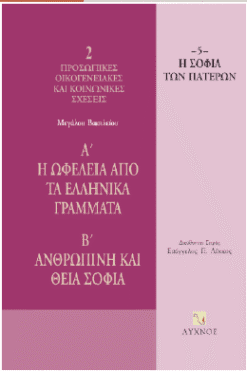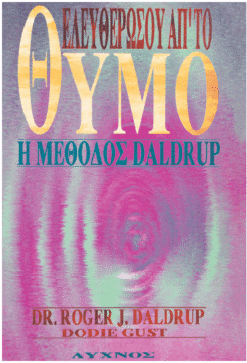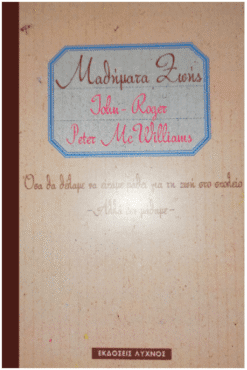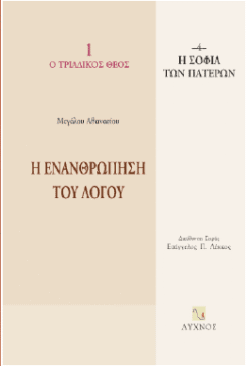Based on some characteristic features of animals (e.g. lion, lizard, eagle, palm tree, ant, snake, fox, partridge, etc.), plants (tree, sycamore), or materials of Nature (diamond, flaming stone, pearl, Indian stone), he makes apt parallels and comparisons with persons and events of our Faith, with the aim of teaching, edifying, and overturning heretical teachings. This is a text that is enjoyable to read!
Physiologist (Symbols of animals, plants and materials of Nature)
5,80 €
Description
For the book : Physiologist (Symbols of animals, plants and materials of Nature)
It is generally accepted by specialist patrologists that the work “Physiologist” attributed to Saint Epiphanius, bishop of Salamis in Cyprus, is not his own work. However, in the Series of patristic editions it is included immediately after his genuine works. According to the prevailing view, the Physiologist is a work of the first half of the 2nd century AD. It comes from Egypt and is based on older material, adapted to the Christian spirit. The influences it received from Aristotle’s “Perizoon” work are obvious. Based on some characteristic features of animals (e.g. lion, lizard, eagle, palm tree, ant, snake, fox, partridge, etc.), plants (tree, sycamore), or materials of Nature (diamond, flaming stone, pearl, Indian stone), he makes apt parallels and comparisons with persons and events of our Faith, with the aim of teaching, edifying, and overturning heretical teachings. This is a text that is enjoyable to read!
Additional information
| Dimensions | 12 × 17 cm |
|---|---|
| Publication | Lychnos Publications |
| ISBN | Physiologist (Symbols of animals, plants and materials of Nature): 960–6607–06–2 |
| Pages | Physiologist (Symbols of animals, plants and materials of Nature): 98 |






